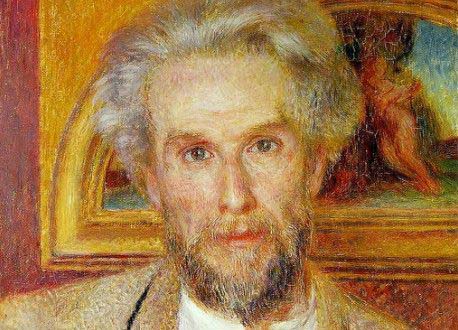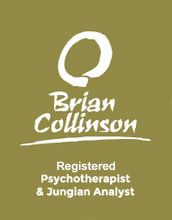False Self vs. True Self: 5 Second Half of LIfe Realities, B

In Part A, we examined the core issue of false self vs. true self, our deep inner drive to express the true self, and the central importance of that drive at midlife.

In this post we’ll examine the central importance of wholeness, and acknowledging who we fully are, as a means of distinguishing false self vs. true self, and, look at attitudes that open the door to the gradual emergence of the true self.
It’s easy to assume that we know all there is to know about our true selves. Yet generally this amounts to the ego only knowing the ego. It’s when we start to be aware of the aspects of ourselves that are disturbing, surprising and sometimes downright not what we want, that the real journey of self-knowledge begins to open up in front of us.
Often that journey involves the emergence from the unconscious mind, by dreams and other means, of symbols of wholeness.
Wholeness and Images of the Self
The unconscious puts many images in front of us to symbolize the fullness and completeness that is calling us toward greater knowledge of the true self. Depth case studiess know they’re limitless in number, but here are some of the key symbols:
These images draw us. We may find ourselves drawing them, literally. If we look, we may even find that these images appear within our dreams.
Self Acceptance and the Later Life Journey
In dealing with the question of false self vs. true self, and authenticity, much depends on our attitude, and whether we can accept the self that emerges, as we discover more about ourselves.
But do we even want to know about some aspects of ourselves? Elements of the self may well not be very acceptable to our egoss. Yet finding a way somehow to tolerate them, to be compassionate to ourselves and to allow them to emerge may be essential for our development.
For example: a person may have sexual fantasies that aren’t acceptable to the ego. Yet, those sexual fantasies may actually contain something really precious, connected to the soul’s deepest yearnings. The same may be true of feelings of resentment, envy, sadness or many other types of feelings. Doing this type of what we call shadow work is an essential part of self discovery in /a-midlife-transition. As Andrew Samuels tells us, “To admit the shadow is to break its compulsive hold.’

Here I Am
Some therapists have trouble with the idea of psychological wholeness. Yet, in psychological work, there is very often a “felt sense” of when we are gaining a greater and more complete kind of awareness of who we are. There are often feelings of relief that accompy a greater sense of acceptance of who we really are, and of the need to no longer defend ourselves against it.
When we show up as authentically ourselves, there is often a feeling of rightness about this. Depth case studies starts from the place that, however difficult it is to know some aspects of ourselves, it is infinitely better to know than not to know, always, but especially in the second half of life.
Brian Collinson, Registered Psychotherapist & Jungian Analyst
[cta]

Dawn Guidry Montz
THANK YOU, Dr. Collinson, for these wonderful posts. By sharing them, you are aTRUE GUARDIAN of and GUIDE for the HUMAN SPIRIT. I am very grateful.
Dawn Guidry Montz
Thank you, Dr. Collinson! Ongoing with my “inner work”. I think the “handless maiden” may be in the process of sprouting a finger at least! Diligence . . . and patience are indeed virtues. HAPPY, HEALTHY, SAFE and PROSPEROUS NEW YEAR!